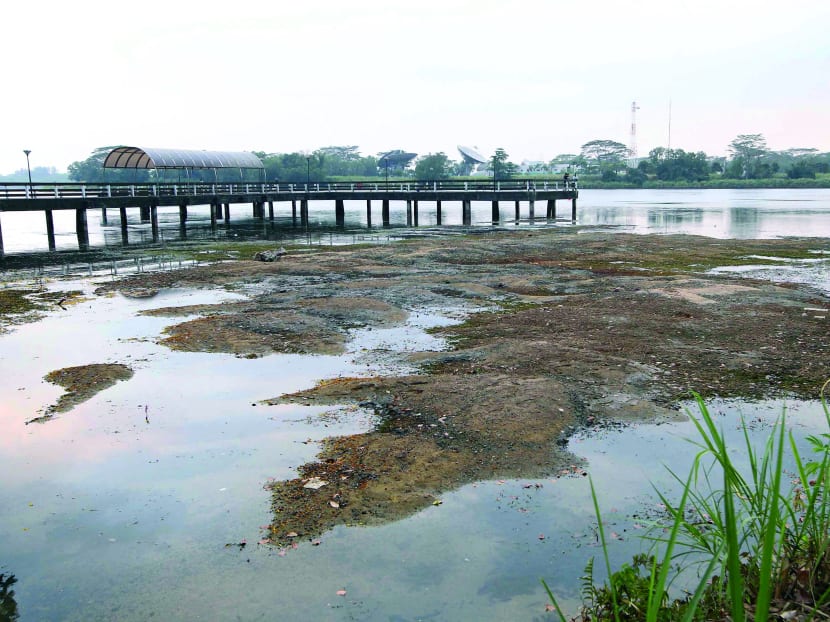S’poreans can soon compare water usage with their neighbours
SINGAPORE — Are you and your family using more or less water than your neighbours? The authorities will soon provide households with this information, as part of a new tactic to spur water conservation.

The authorities have been encouraging users to conserve water, particularly during the dry spell that gripped the Republic recently. TODAY File Photo
SINGAPORE — Are you and your family using more or less water than your neighbours? The authorities will soon provide households with this information, as part of a new tactic to spur water conservation.
Currently, water utility bills give information on the average water consumption of households of the same housing type across Singapore. But in the second half of this year, national water agency PUB will include data on the average water usage of households of the same housing type in your block or on your street.
Said Mr Chong Hou Chun, Director of the PUB’s Water Supply (Network) Department: “We believe allowing consumers to contrast their consumption patterns with those of their neighbours will create social motivation and encourage water conservation.”
The initiative will be rolled out on an ongoing basis to those who use Singapore Power’s My Utilities Portal or subscribe to the agency’s electronic billing service, although those who do not have a “sufficient number of neighbours” will not be able to access the service, to ensure the privacy of personal data, said the PUB.
The authorities have been encouraging users to conserve water, particularly during the dry spell that gripped the Republic recently.
In April 2012, for instance, the PUB started a pilot programme involving an automated meter-reading system (AMR), which allows the agency’s officers to read water meters remotely, instead of visiting households in person to take the readings. The 400 households in Toa Payoh and Punggol involved in the pilot could also monitor their daily water consumption via the Internet.
But the capital and operating costs of the AMR system remain high, said Mr Chong, and the PUB is currently examining more cost-effective technologies for widespread adoption.
Mr Kavickumar Muruganathan, Resident Environmental Engineer at the Singapore Environment Council, said the PUB’s initiatives were a move in the right direction, but noted that water consumption habits might not necessarily improve. “Households might use it to monitor spikes in water consumption patterns while still adhering to their mean water consumption levels,” he said.
He added that some countries, such as the United States, have shifted to Advanced Metering Infrastructure, which enables them to monitor additional details, such as leaks and tampering in the system.
Senior IT Executive Eric Sng conceded that he might not be swayed to change his water consumption habits just because his neighbours have lower water utility bills. The 29-year-old noted that some neighbouring homes have fewer occupants and, therefore, use less water. He suggested that the number of occupants in each household be considered when calculating average water consumption for a better gauge of the amount of water used.






